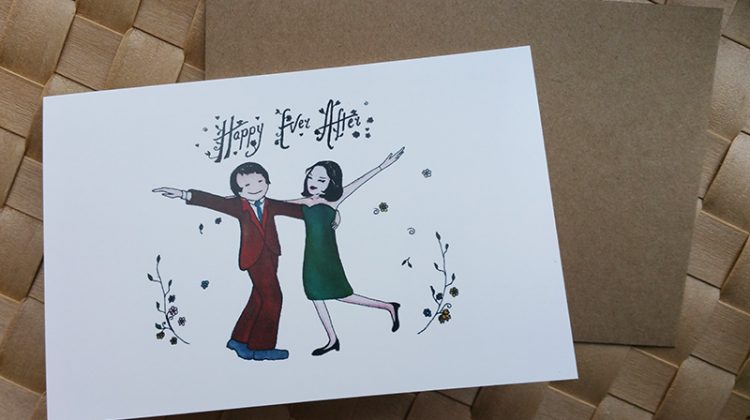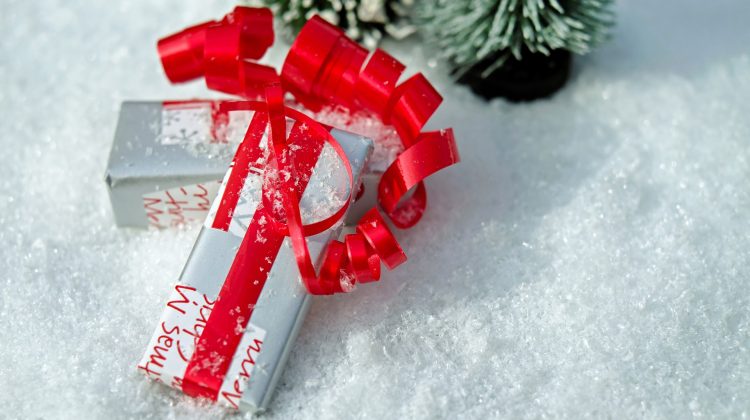Christmas is just around the corner and when it comes to decoration, the tree is a simple must – no ifs, ands, or buts about it. But how much do we know about Christmas trees and the various types that exist out there? Well here are some details:
Natural Trees
Natural Christmas trees are the best choice for a truly authentic look and feel, especially due to the delicate scent of an evergreen that somehow automatically gets people in the holiday mood. The trouble with them stems from the fact that they only last one season (indoors that is) and they might even shed their needles before the end of that. What are the most commonly-used natural tree types?
Fir
Fir trees are the most preferred variety when it comes to Christmas trees. They are characterised by short and notably soft needles, often with a hint of silver in the colour. The branches are spread wide apart, which doesn’t make for a very beautiful tree at first glance, but is actually perfect for decoration as it gives plenty of space for ornaments. If you put them in a large enough pot and make sure that it is properly watered, the fir tree will not shed as many needles as the other types would in the same amount of time. The top two sub-types are the Fraser and the Noble fir.
Pine
As opposed to fir trees, pine tress come with much longer and thinner needles and tightly packed branches. Both of these characteristics and the fact that the branches are not very strong, make it quite difficult to place a lot of ornaments on a pine tree. If you would rather have more greenery than sparkling decorations, a pine tree would make an excellent choice. In most cases, however, pine trees are not used as a whole, but rather only their branches for the creation of natural garlands, mainly because they dry slowly and don’t lose their needles in the process. The most preferred sub-types are the White and the Scotch pine.
Spruce
Spruce trees are the best-shaped ones in terms of Christmas. They are often an even pyramid with strong branches that can support lots of ornaments of various shapes and sizes. The problem with spruce trees is that they are notorious for loosing their needles very quickly no matter how much care you devote to them. If you don’t have the tradition of decorating a month before the holidays, a spruce might be the perfect choice. But if you do, don’t expect your tree to actually last till Christmas.
Artificial Trees
Artificial trees save you all the trouble of getting a new one every year, watering it and then cleaning after it. In most cases you can even rearrange the branches to your liking. But they certainly don’t have the charm and natural messiness of a real tree.
Plastic
Plastic trees are usually made of PVC in a wide variety of shapes and sizes – short or long needles, thin or bulky branches, more or less crowded – there really are a lot of them. For the purposes of categorising, a general distinction can be made between the two large groups – green and white plastic trees. A green plastic tree is just an artificial version of an actual tree, while a white one is supposed to resemble a snow-covered tree. The two groups don’t have their separate advantages and disadvantages – the choice is just a matter of personal preference.
Fibre Optic
In essence, a fibre optic Christmas tree is a pre-lit artificial tree that saves you the trouble of hanging lights on it yourself. There are a lot of interesting designs with colourful light patterns available on the market for those who like steering away from tradition. If decorating the tree is important to you and your family, however, a fibre optic tree will not be a suitable choice. Such trees are most often used in offices, stores, etc.




